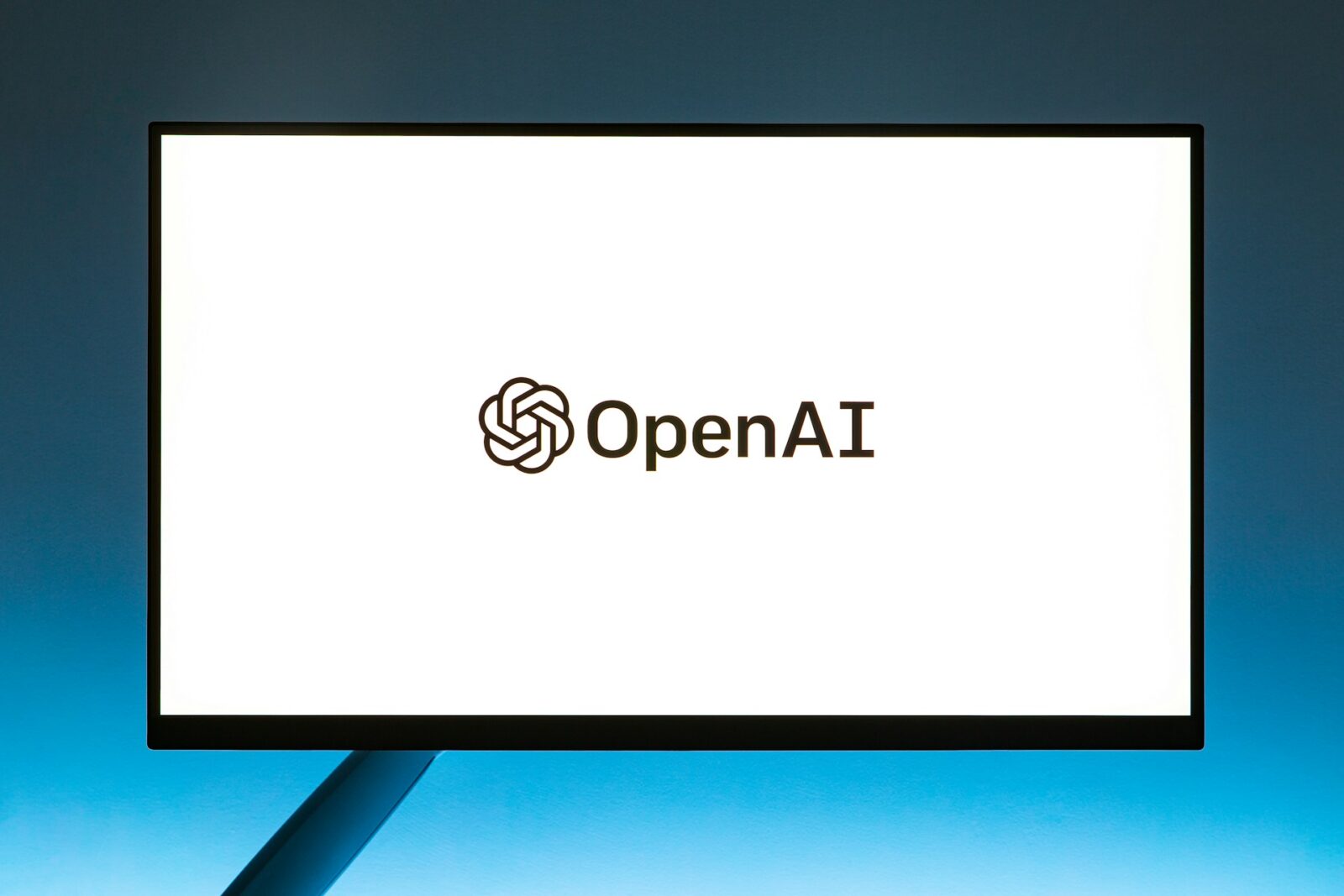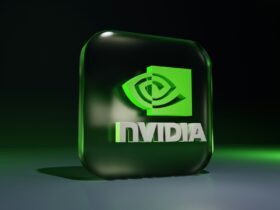A New U.S.–Asia Alliance Could Reshape the Future of Artificial Intelligence Hardware
In a year defined by rapid advances in AI and unprecedented demand for compute power, OpenAI has taken a bold step toward deepening its hardware capabilities in the United States. The world’s leading AI research company has partnered with Taiwan’s Foxconn — the global electronics powerhouse best known for assembling iPhones and producing AI servers — to design and manufacture the next generation of AI data center equipment on American soil.
As AI models grow exponentially more powerful, the burden on existing data center infrastructure has become immense. This collaboration signals a major shift: the U.S. wants more of its AI supply chain closer to home, and OpenAI is investing heavily to ensure it has reliable, scalable hardware to support the next wave of innovation. Meanwhile, Foxconn is expanding beyond contract manufacturing into high-value AI infrastructure — a move that aligns perfectly with its strategic push into new industries.
But what does this partnership really mean for the future of U.S.-based AI hardware? Is this a sign of a more self-reliant American AI ecosystem? And how does the deal fit into OpenAI’s massive, trillion-dollar infrastructure plans? Let’s break it all down.
OpenAI and Foxconn Join Forces to Build AI Hardware in the United States
OpenAI and Foxconn announced a landmark partnership that will bring the design and manufacturing of key AI data center equipment to the United States. The collaboration centers on co-developing:
- AI data center racks
- Cabling infrastructure
- Networking systems
- Power distribution and thermal systems
These components will be built in Foxconn’s U.S.-based factories, including facilities in Ohio and Texas, two growing hubs for advanced manufacturing.
Early Access for OpenAI
As part of the agreement:
- OpenAI will receive early access to evaluate the newly designed equipment
- OpenAI may also choose to purchase the systems for its AI infrastructure
Interestingly, the initial agreement does not include:
- Mandatory purchase commitments
- Financial obligations
- Pre-set volume guarantees
This suggests the partnership is more about strategic co-development, long-term supply-chain stability, and accelerating U.S.-based AI manufacturing rather than creating immediate contractual dependencies.
Foxconn Expands Beyond Consumer Electronics Into High-Value AI Systems
Foxconn — formally known as Hon Hai Precision Industry — has long been the world’s largest electronics manufacturer. But with smartphone growth maturing, the company has been aggressively pivoting into:
- AI servers
- Data center infrastructure
- Electric vehicles
- Advanced networking systems
- Cloud and storage hardware
The partnership with OpenAI fits directly into this broader transformation.
Foxconn’s Strategic Shift
Foxconn already manufactures AI servers for Nvidia and supplies components to major cloud providers. But collaborating directly with OpenAI — one of the most demanding AI hardware customers in the world — moves the company deeper into:
High-margin AI infrastructure
Customized hardware engineering
U.S.-based expansion aligned with geopolitical priorities
This is a major step toward diversifying away from its traditional consumer electronics dependence.
“AI Core Technologies Must Be Built Here” — Altman Emphasizes U.S. Advantage
OpenAI CEO Sam Altman highlighted the strategic significance of the alliance.
“This partnership is a step toward ensuring the core technologies of the AI era are built here.”
Altman emphasized that domestic manufacturing is essential for:
- U.S. competitiveness
- National security
- AI supply chain resilience
- Long-term innovation
With global tensions rising and semiconductor supply chains still under scrutiny, OpenAI’s decision to build hardware capability within the U.S. reflects the broader trend of “onshoring” strategic technologies.
OpenAI’s Trillion-Dollar AI Infrastructure Plan Raises Questions — and Ambitions
The partnership comes amid OpenAI’s enormous financial commitments to expand its computational capacity. OpenAI has embarked on:
A $1.4 Trillion AI Infrastructure Buildout
This includes partnerships with:
- Nvidia (multi-billion-dollar GPU purchases and joint projects)
- AMD (custom AI accelerator collaborations)
- Broadcom (co-designing and manufacturing OpenAI’s future AI chips)
These deals underscore how essential compute power has become for AI model training, scaling, and deployment.
Investor Concerns Are Growing
However, the scale has raised concerns:
- Can OpenAI sustain trillion-dollar spending?
- Will revenue eventually match infrastructure costs?
- Is the global AI environment overheating?
- How dependent will OpenAI become on external investors?
Altman has attempted to ease fears, projecting more than $20 billion in annualized revenue this year and forecasting:
“Hundreds of billions by 2030.”
Investors remain cautiously optimistic — but the numbers involved are unlike anything Silicon Valley has seen before.
Foxconn’s Business Is Thriving as AI Hardware Demand Surges
Foxconn has already benefited from the global shift to AI-centric computing. The company’s Taiwan-listed shares are up 25% this year, mirroring the broader rally in AI-linked tech stocks.
Financial Highlights
For the July–September quarter:
- Net profit rose 17% YoY
- Profit reached 57.6 billion New Taiwan dollars ($1.8B)
- AI server and networking hardware drove most of the revenue gains
CEO Young Liu has been vocal about the company’s bullish outlook:
“We believe the importance of the AI industry is increasing significantly.”
“I am very optimistic about the development of AI next year.”
His comments reinforce Foxconn’s view that AI servers and infrastructure will dominate its future growth.
Why This Partnership Matters: A New Blueprint for U.S. AI Hardware Security
This alliance is more than a business deal — it signals a reshaping of the global AI hardware supply chain.
Why This Matters for the U.S.
- Reduces reliance on overseas manufacturing
- Strengthens domestic AI infrastructure
- Creates local jobs and industrial investment
- Improves supply-chain resilience
- Ensures U.S.-based production of strategic AI equipment
The partnership also aligns with Washington’s increasing emphasis on domestic semiconductor capacity and secure, U.S.-controlled AI compute pipelines.
Why This Matters for OpenAI
- Access to customized hardware
- Improved reliability and long-term supply contracts
- Closer collaboration with manufacturing partners
- Faster iterative hardware development
- A more predictable cost structure
This may also help OpenAI better manage its escalating infrastructure expenses.
Why This Matters for Foxconn
- Deepens its role in the AI value chain
- Expands U.S.-based operations
- Gains exposure to frontier AI development
- Strengthens relationships with top-tier global tech firms
Foxconn’s ability to evolve beyond traditional contract manufacturing could define its next decade.
A Strategic Alliance That Could Redefine the Future of AI Hardware
The partnership between OpenAI and Foxconn represents a pivotal convergence of advanced AI development and industrial-scale manufacturing expertise. For OpenAI, the deal supports its massive infrastructure ambitions and brings critical hardware development closer to home. For Foxconn, it marks another leap into fast-growing, high-value AI sectors while strengthening its U.S. footprint.
Investors, policymakers, and industry leaders should view this partnership as more than a one-off collaboration. It is a blueprint for how AI ecosystems may evolve in the coming decade — where compute power, secure supply chains, and localized manufacturing become just as important as algorithms and model innovation.
As AI models continue expanding in complexity and computing requirements, partnerships like this one will shape who leads — and who falls behind — in the global race for AI dominance. And with OpenAI signaling revenue trajectories in the tens (or hundreds) of billions, the foundations being built today may define the next generation of American-made AI infrastructure.






